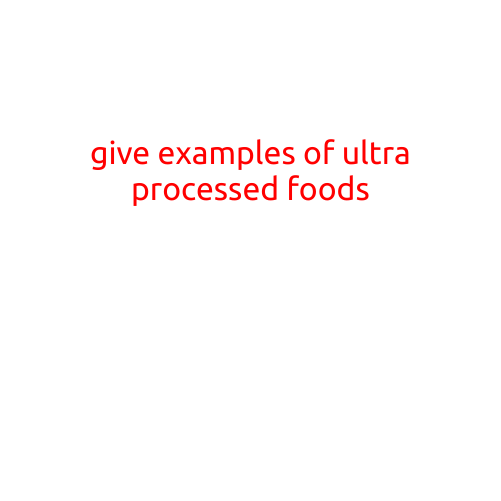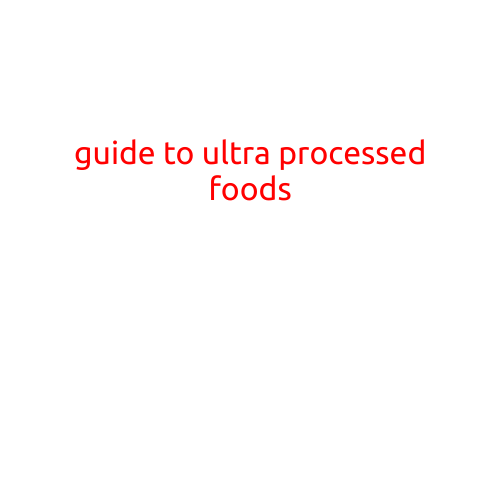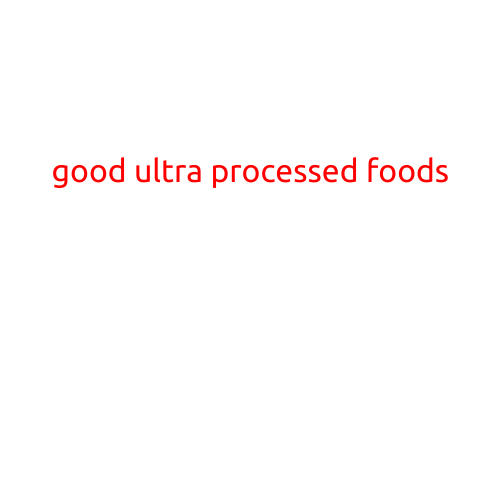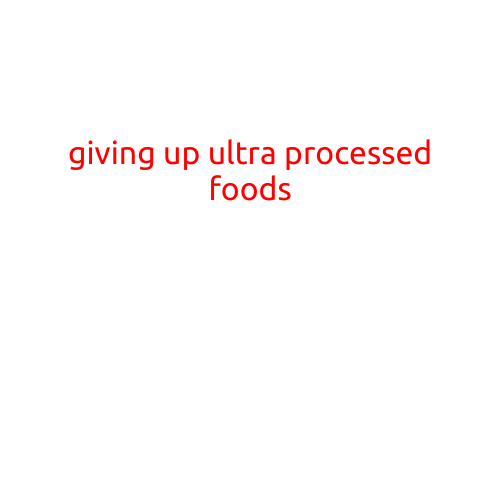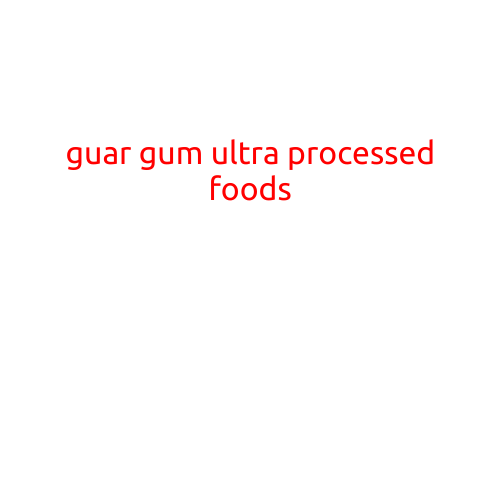
Here is a draft article on the topic of “Globe and Mail: Ultra-Processed Foods”:
Globe and Mail: Ultra-Processed Foods
In a recent investigation, The Globe and Mail revealed that ultra-processed foods are not only widespread in Canadian supermarkets but also pose significant health risks to consumers.
According to the report, ultra-processed foods, which are defined as products containing more than five ingredients, including sweeteners, flavor enhancers, and food additives, make up a staggering 57% of the average Canadian’s diet. This includes popular items such as frozen meals, sugary snacks, and energy drinks.
The investigation, which analyzed data from a range of sources, including Statistics Canada and Health Canada, found that ultra-processed foods are not only widely consumed but also disproportionately marketed to children and vulnerable populations.
But what’s the harm? Research has shown that consuming high amounts of ultra-processed foods is linked to a range of negative health outcomes, including obesity, type 2 diabetes, and cardiovascular disease.
One of the key concerns is the high content of added sugars, salt, and saturated fats in these foods. These ingredients can contribute to insulin resistance, inflammation, and increased triglyceride levels, all of which increase the risk of chronic diseases.
Furthermore, ultra-processed foods often lack essential nutrients like fiber, vitamins, and minerals, which are critical for maintaining optimal health.
The Globe and Mail investigation also highlighted the lack of transparency in the food industry, with many companies failing to disclose the contents of their products or the presence of added chemicals.
In response to the investigation, many advocates are calling for stricter regulations and labeling requirements to help consumers make informed choices about the foods they eat.
Some key recommendations include:
- Increased transparency: Manufacturers should be required to disclose the contents and additives in their products.
- Clear labeling: Labels should clearly indicate the level of processing and the presence of added sugars, salt, and saturated fats.
- Health warnings: Products with high levels of processing should be labeled with health warnings, similar to those on cigarette packs.
- Education and awareness: Consumers need education and awareness about the risks associated with ultra-processed foods.
As consumers, it’s clear that we have a responsibility to demand better from the food industry. By making informed choices and advocating for change, we can work towards a healthier, more sustainable food system that prioritizes our well-being.
Sources:
- The Globe and Mail: “The ultra-processed food you’re eating: What it is and how to avoid it” (2023)
- Health Canada: “Ultra-processed foods: A public health concern” (2022)
- World Health Organization: “Ultra-processed foods and health” (2020)
Let me know if you’d like me to make any changes!

